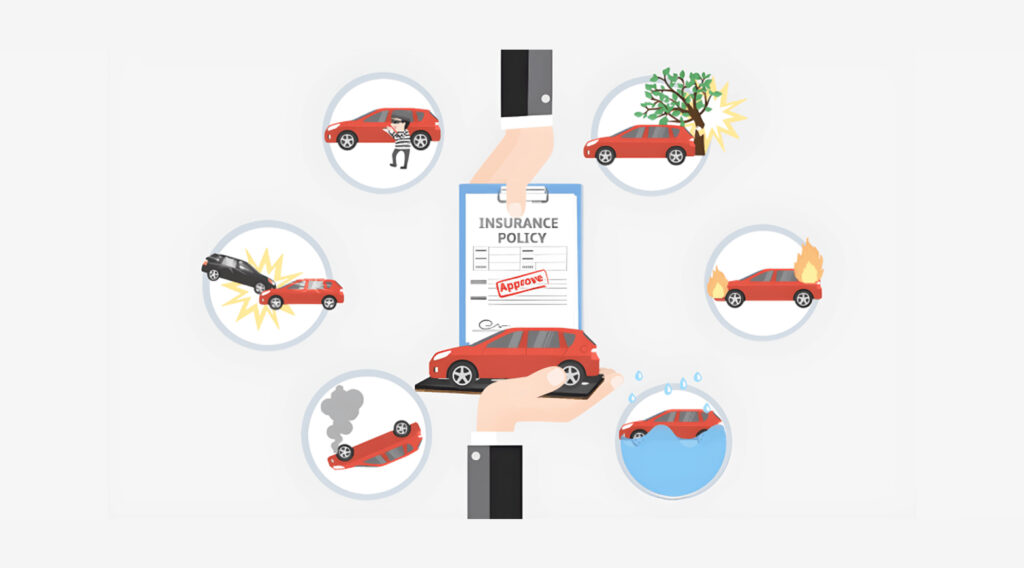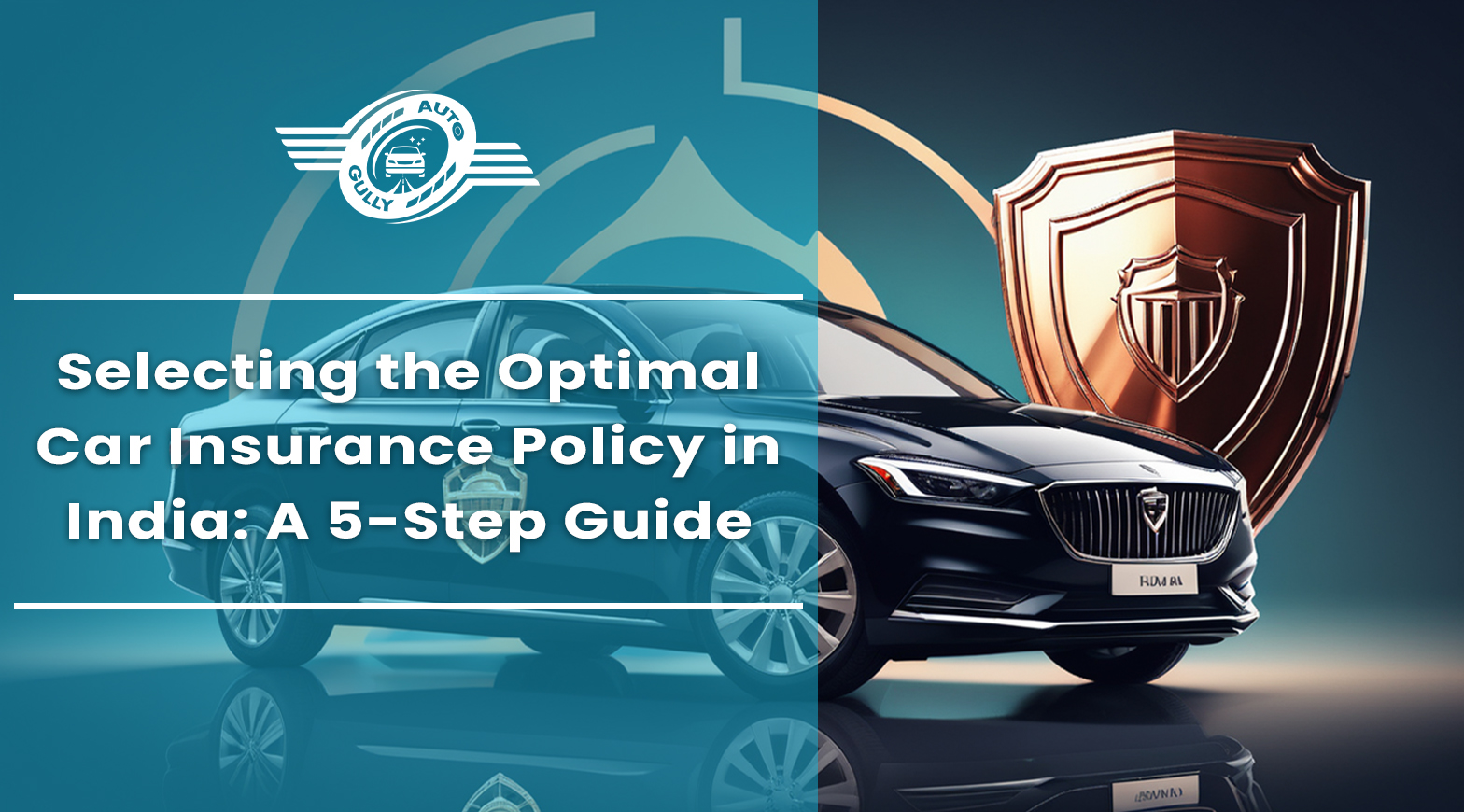In India, car insurance transcends mere financial prudence; it’s a mandatory legal requirement. Yet, navigating the multitude of car insurance policies available can be daunting. This comprehensive guide aims to demystify the process by elucidating the various car insurance options in India, outlining key factors for informed decision-making, and providing a streamlined 5-step approach to selecting the policy that best aligns with your specific needs.

Understanding Car Insurance Policy Types in India
The Indian car insurance landscape offers two primary policy categories:
- Third-Party Car Insurance: This mandatory minimum coverage safeguards against liabilities arising from injuries or damages caused to a third party (individuals, vehicles, or property) in an accident where you are deemed at fault. However, it excludes coverage for your own vehicle.
- Comprehensive Car Insurance: This policy extends far beyond third-party liability, offering comprehensive protection for your car against damage caused by accidents, theft, fire, natural disasters, and other perils as stipulated within the policy document. Additionally, it often incorporates coverage for your own injuries sustained in an accident.

Key Considerations for Selecting a Car Insurance Policy in India
Selecting the optimal car insurance policy necessitates meticulous evaluation of several crucial factors:
1. Meticulous Needs Assessment:
The initial step entails a thorough evaluation of your specific requirements. Consider these vital aspects:
- Vehicle Age and Condition: Older vehicles with a higher depreciation value might not necessitate comprehensive coverage. A strategically chosen third-party policy with a maximized Insured Declared Value (IDV) to optimize coverage for third-party liabilities could suffice. Conversely, a newer car with a lower depreciation value might be better served by comprehensive coverage to guarantee financial protection for the vehicle itself.
- Usage Patterns: If you infrequently operate your car, a third-party policy might be adequate. However, frequent drivers, those who utilize their car for commercial purposes, or individuals parking their car on the street overnight might require comprehensive coverage for enhanced peace of mind.

2. Comprehensive Insurer and Policy Research:
Don’t settle for the first policy presented. Conduct thorough research on various insurers and meticulously compare their offerings. Prioritize companies with a well-established reputation for efficient claim settlements, exceptional customer service, and a robust network of cashless garages for repairs. Online resources and insurance aggregator websites can be invaluable tools for comparing policies and premiums offered by different insurers.

3. In-Depth Policy Understanding:
Scrutinize the policy document meticulously. Ensure a comprehensive understanding of the terms and conditions, including both coverage inclusions and exclusions. Common exclusions might encompass damages incurred due to driving under the influence, employing the car for illegal purposes, overloading, or regular wear and tear. Do not hesitate to contact the insurance provider for clarification on any obscure clauses.
4. Premium Costs, Deductibles, and NCB Protection:
- Premiums: Although affordability is a key consideration, avoid compromising on coverage solely to save a nominal amount. A seemingly cheaper policy might have higher deductibles or offer limited coverage, potentially leading to substantial out-of-pocket expenses in the event of a claim.
- Deductibles: This represents the amount you are responsible for paying upfront before the insurance company covers the remaining claim amount. Choose a deductible that strikes a balance between affordability and minimizing your financial burden in case of a claim. A higher deductible translates to a lower premium, but you’ll shoulder a larger portion of the repair costs if a claim arises.
- NCB Protection (No Claim Bonus): Opt for a policy that offers NCB protection. This allows you to accrue a discount on your premium for each claim-free year. Maintaining a clean driving record can significantly reduce your insurance costs over time.

5. Evaluating Add-On Covers and Additional Benefits:
Many insurers offer add-on covers that augment your existing policy. Consider options that align with your specific requirements, such as:
- Zero Depreciation Cover: This waives depreciation on your car’s value during claim settlement, ensuring you receive the full IDV in case of a total loss or theft. This can be particularly advantageous for newer cars with a slower depreciation rate.
- Roadside Assistance: This service provides 24/7 assistance in case of breakdowns, flat tires, or battery issues. This can be a valuable service, especially for frequent long-distance travelers.
- Engine Protect Cover: This covers the repair or replacement of your car’s engine in case of damage caused by lubrication issues or mechanical breakdown.
- Passenger Cover: This offers coverage for medical expenses incurred by passengers injured in an accident.

Conclusion By meticulously following these five steps and leveraging the knowledge gleaned from this guide, you’ll be well-equipped to select the optimal car insurance policy in India. Remember, the cheapest policy isn’t necessarily the best. Prioritize comprehensive coverage that aligns with your specific needs and budget

